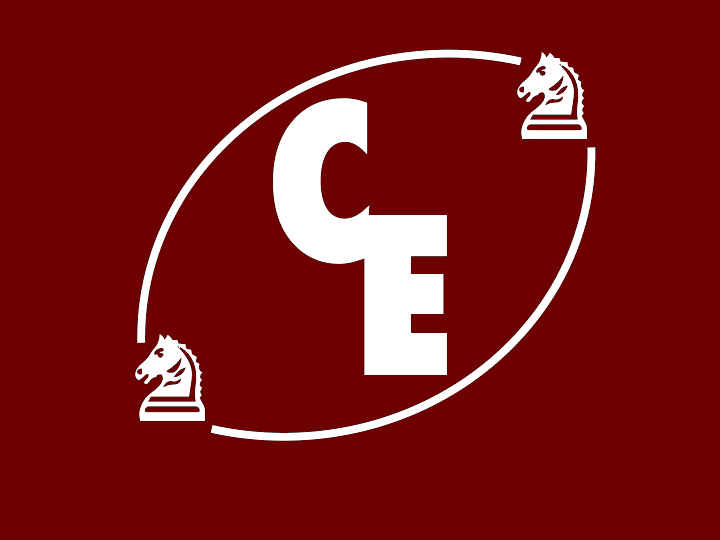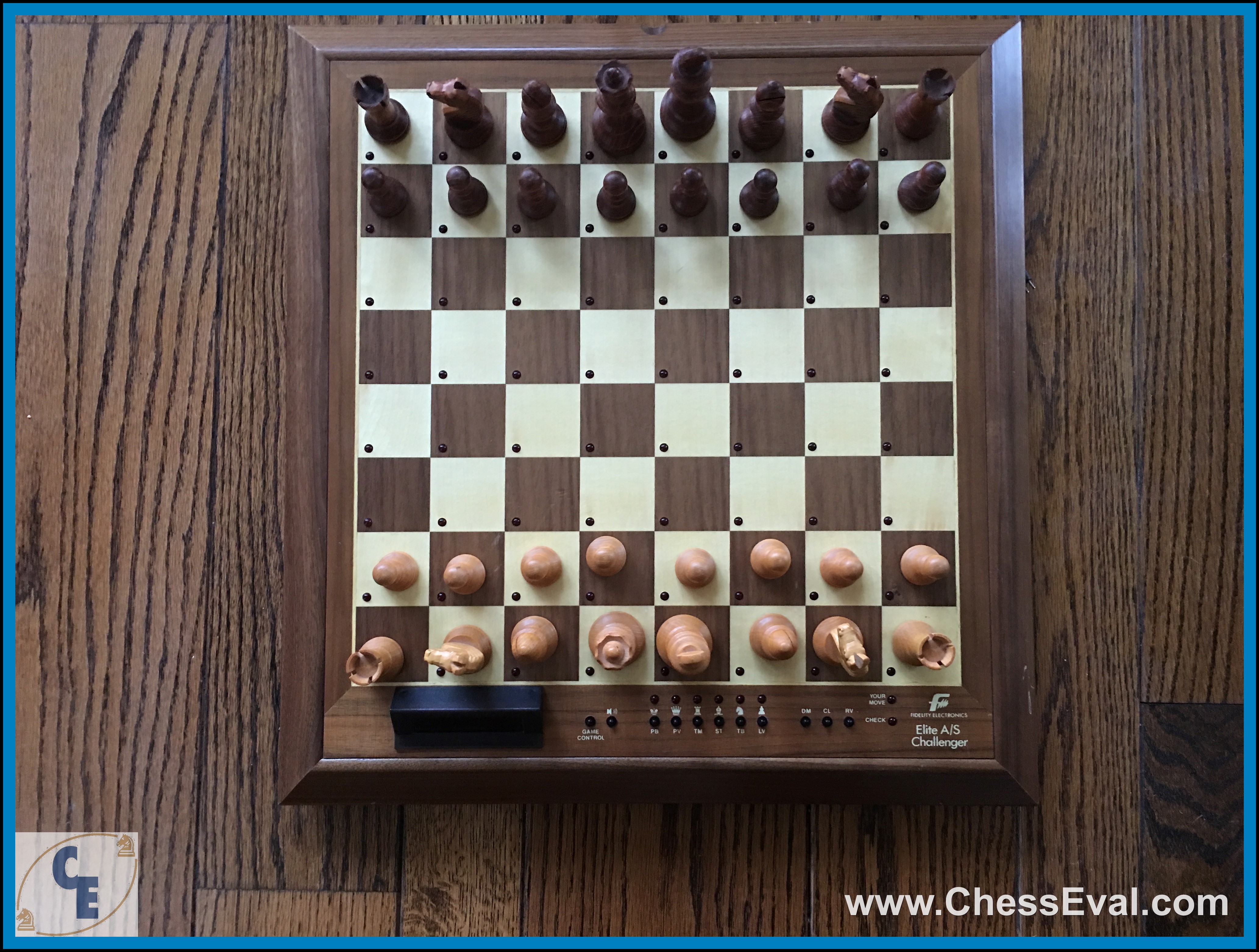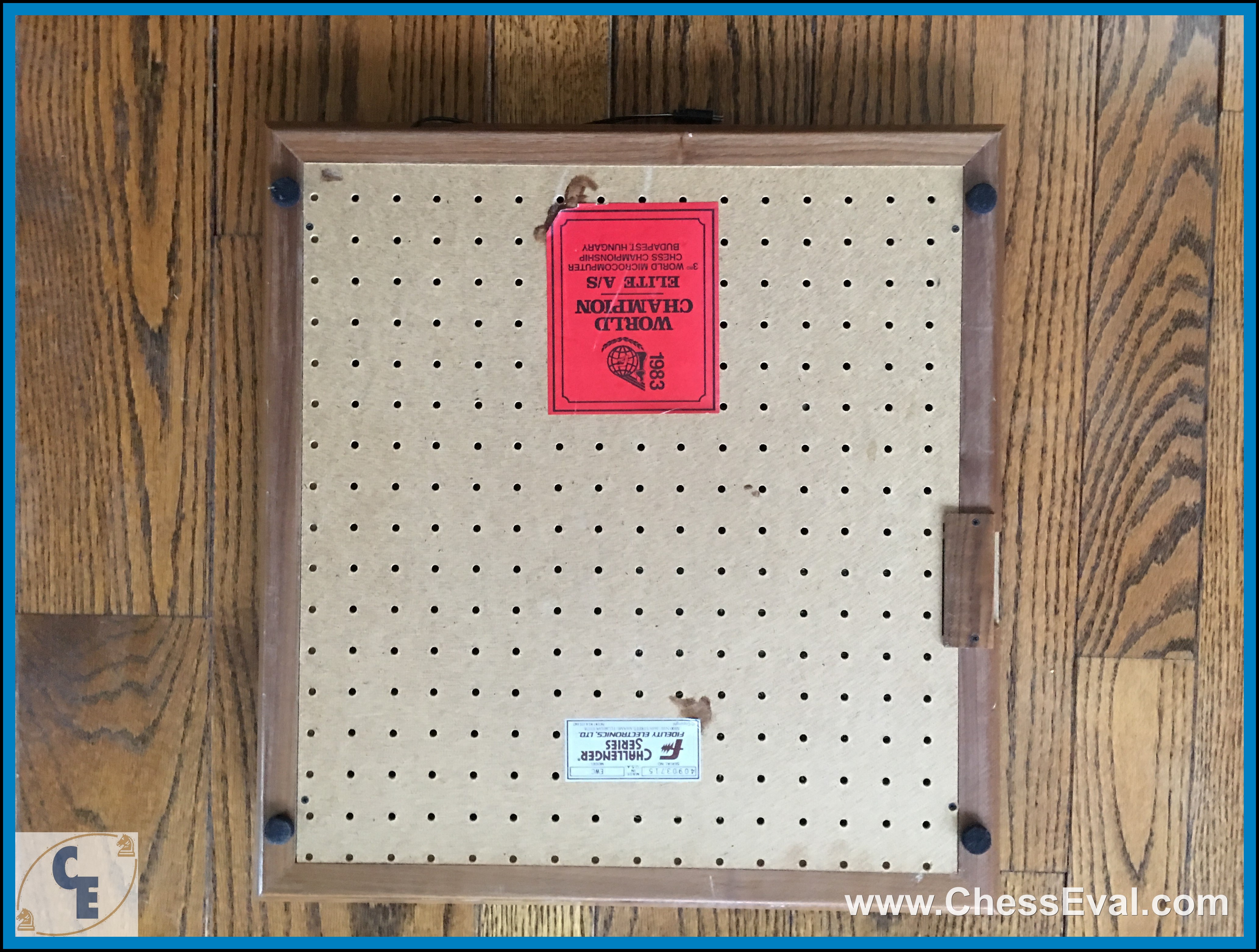ADINFER-ChessEVAL ©
Dedicated Chess Computers

After multiple announcements and delays, in 1983, Fidelity finally released the first Elite Auto Sensory boards just few months before the World Championship in Budapest.


- the Budapest has only "Your Move" flashing during the thinking process;
- the Glasgow flashes alternately "Your Move" and "check".
Finales - Glasgow Chess World Championship (1984)
The Glasgow program exists in 2 versions: Glasgow 1 and Glasgow 2.
Characteristics of
the Elite Auto Sensory
Budapest
and Glasgow
- microprocessor: 6502, 8 bit
- clock: 3.2 MHz (Budapest); 3,6 & 4 MHz (Glasgow)
- memory: ROM = 24 KB; RAM = 3 KB for the Budapest, 4 KB for
the Glasgow
- library : 9200 (Budapest); 10,000
(Glasgow)
- program by
Dan & Kate
Spracklen
- Elo : 1700 (Budapest) 1720 (Glasgow)
- detection by magnetic sensors
- display of 4 digits, 7 segment LED
- adapter 9VAC, 1100mA
- board dimensions: 45.5 x 48.5 x 4 cm;
Finales - Budapest Chess World Championship (1983)
Chess
Programing Wiki has the results of these 2 World Championships.
| ALL the computers and photos represent EXCLUSIVELY the computers I own (except for the Journal Section). |